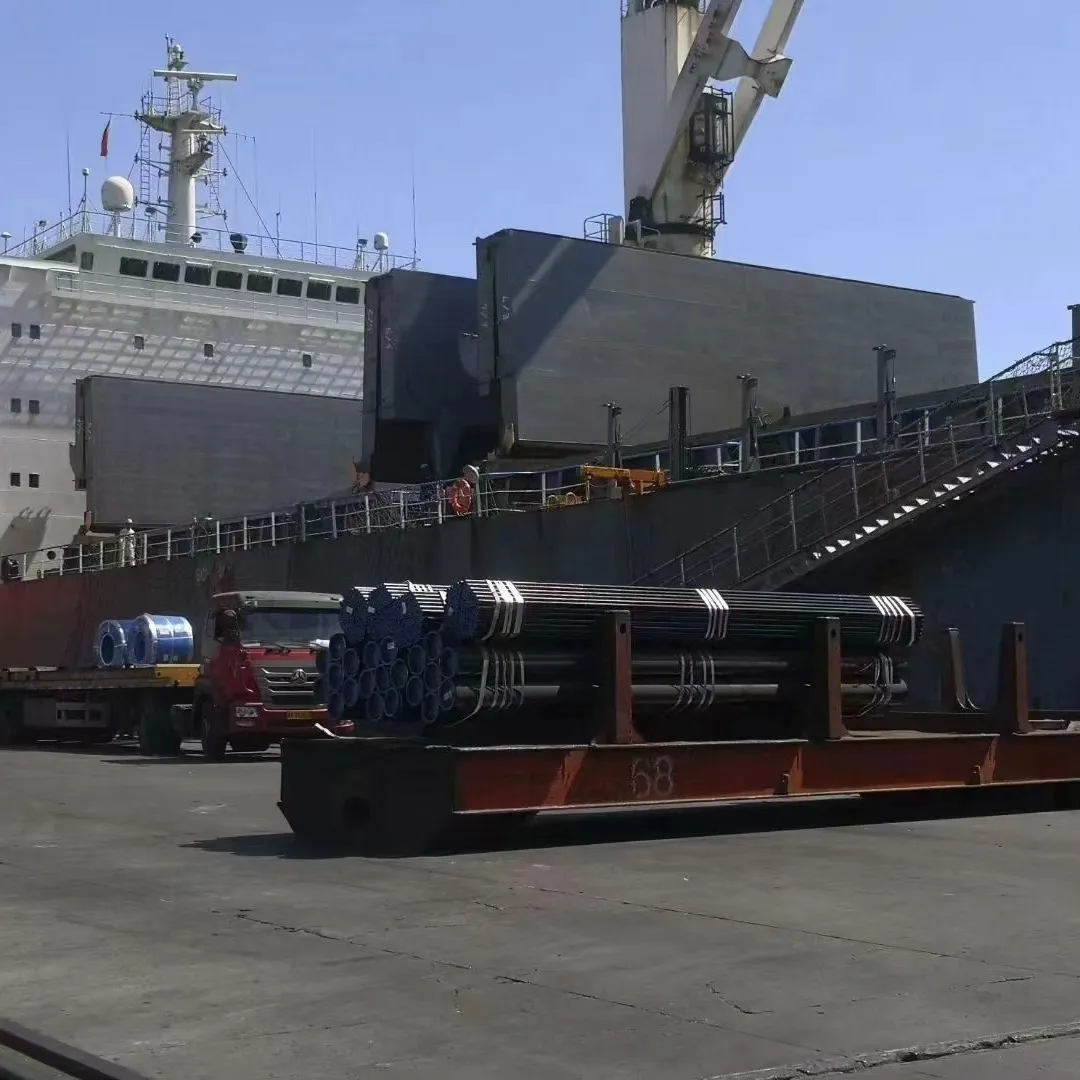Current location:
pipe factory
Date:2025-08-18 02:49:20 Read(143)

Difference between seam pipe and seamless pipe Keywords: seam pipe and seamless pipe There are many kinds of steel pipes on the market, such as: seam pipes, seamless pipes , etc., but many people do not know the difference, so what is the difference between seamed steel pipes and seamless steel pipes? The seam pipe is also called welded steel pipe , which is nominally named in nominal size. Its commonly used nominal size is DN15~100, and its largest nominal diameter is DN150 (6). Welded steel pipes are also called water and gas pipes because they are often used for the transportation of hot and cold water and gas. Galvanized welded steel pipes are habitually called white iron pipes on construction sites, while non-galvanized welded steel pipes are called black iron pipes. The blanks used for welded steel pipes are steel sheets or strips. The seamless steel pipe is made of perforated whole round steel, and the steel pipe without weld seam on the surface is called seamless steel pipe. According to the production method, seamless steel pipes can be divided into hot-rolled seamless steel pipes, cold-rolled seamless steel pipes, cold-drawn seamless steel pipes, extruded seamless steel pipes, and pipe jacking. According to the cross-sectional shape, the seamless steel pipe is divided into two types: round and special-shaped. The maximum diameter is 900mm and the minimum diameter is 4mm. According to different uses, there are thick-walled seamless steel pipes and thin-walled seamless steel pipes. Seamless steel pipes are mainly used as petroleum geological drilling pipes, cracking pipes for petrochemicals, boiler pipes, bearing pipes and high-precision structural steel pipes for automobiles, tractors and aviation. API 5CT Seamless Steel Oil Pipeline The difference between seamed steel pipe and seamless steel pipe: 1. Different appearance The inner wall of the welded part of the seamed steel pipe generally has a weld, while the inner wall of the welded part of the seamless steel pipe generally has no weld. 2. Different pressure The pressure of the seamed steel pipe is generally above 1.6 MPa, while the pressure of the seamless steel pipe is generally above 7 MPa. 3. Different uses Seamed steel pipes can be used to transport low-pressure fluids, such as gas, water, etc., so they are often used in the construction industry. Seamless steel pipes can be used not only for transporting liquids, but also as structural parts, so they are often used in the machinery industry. 4. Different craftsmanship Seamed steel pipes need to be coiled and then welded. Seamless steel pipes are produced in one go using rolling technology. 5. Different prices Compared with seamed pipes, the price of seamless pipes is more expensive, mainly because the processing technology of seamless pipes is more complicated. The construction process of the seamed pipe is simple and widely used, so the price is relatively cheap.
Share:
Previous: Choosing the Right Size and Type for 15 Inch Galvanized Pipe Applications
Next: Exploring the Specifications and Applications of API 5L X52M Steel Pipe
Kind tips:The above content and pictures are compiled from the Internet and are for reference only. I hope they will be helpful to you! If there is any infringement, please contact us to delete it!
You may also like
- Exploring the Properties and Applications of 2 Inch Metal Pipes in Construction and Manufacturing
- class flange
- Durable and Versatile 6-Inch Metal Pipe for Various Construction and Plumbing Applications
- Exploring the Connection between Different Elements and Their Interactions in Systems
- DIN 2527 PN10 Flange Size Specifications and Applications Guide
- API 5L X46 Pipe - High-Quality Steel for Oil and Gas Industries
- Durable Rubber Edge Trim Solutions for Protecting Sheet Metal and Enhancing Safety in Various Applic
- Exploring the Benefits of 2.5-Inch Exhaust Pipe Bends for Better Performance and Efficiency
- Exploring the Benefits and Applications of Flange Taps in Industrial Connections and Assemblies